Three Healthcare Organizations Join Forces to Save Lives
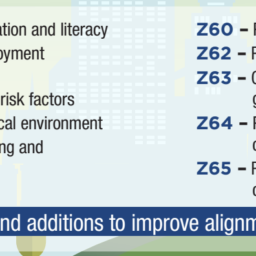
Charitable Pharmacies of America organization member receives Health Equity grant
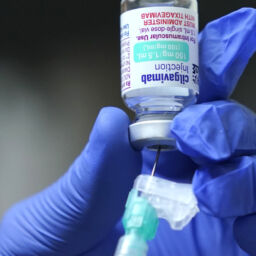
How a ‘weighted lottery’ helped underserved patients get a scarce Covid drug

A Fireside Chat with AAM Chair, Christine Baeder and Mark Cuban, Entrepreneur and Cost Plus founder
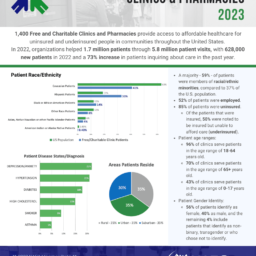
Want to learn more about Free and Charitable Clinics, Charitable Pharmacies and the medically underserved?
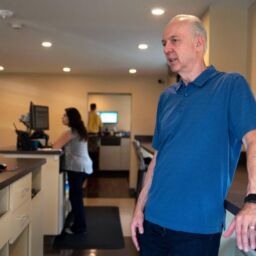
‘Unbelievably good price’: KC-area pharmacy dispenses bargain medicine — and hope Go to article
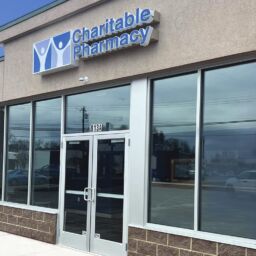
One in four Americans say they struggle to afford their prescription medications. The establishment of this Charitable Pharmacy in Milford will allow patients who live east of Cincinnati better access to care.
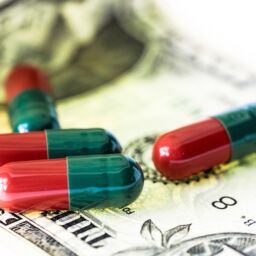
Uninsured adults and those in worse health continue to report higher rates of not getting care due to costs

The Outcomes of Implementing and Integrating Comprehensive Medication Management in Team-Based Care: A Review of the Evidence on Quality, Access and Costs, December 2023

Using Public Health Detailing to Increase Access and Confidence in COVID-19 Vaccines and Reinvest in Disproportionately Impacted NYC Communities Go…

St. Vincent de Paul Charitable Pharmacy offers article regarding impact of a charitable pharmacy on their community and patients

Significant improvement in glycemic control among participants demonstrates the substantial impact that pharmacies partnered with charitable medication distributors such as the Dispensary of Hope can have on individuals with insulin-treated T2D
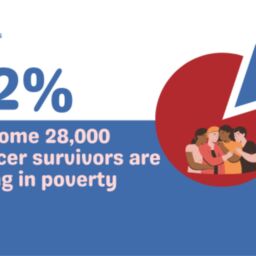
An opportunity for charitable pharmacies to collaborate with oncology practices for non-oncology medications during and after treatment.

Once the continuous enrollment ends, it is estimated between 5 -14 million individuals will be affected
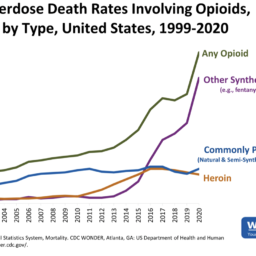
Patients taking opioid dosages at or above 50 MME/day are twice as likely to overdose compared to those taking 20 MME/day, and the risk further increases as the MME/day increases.

